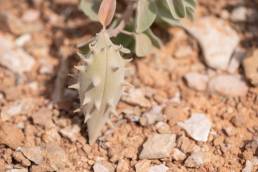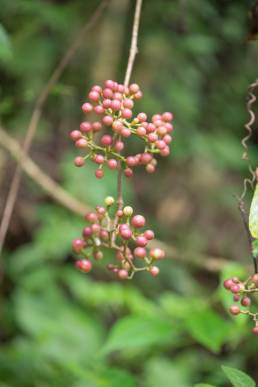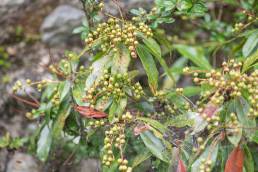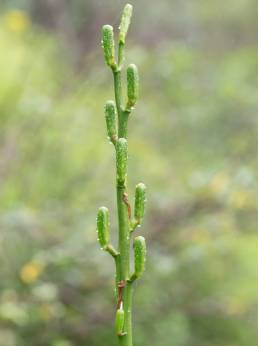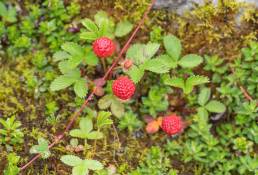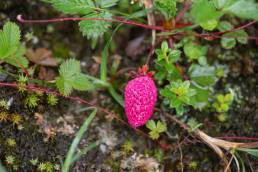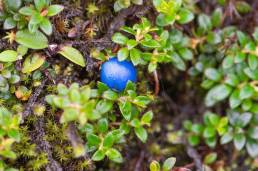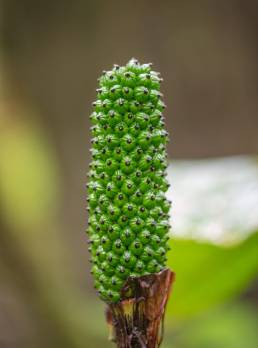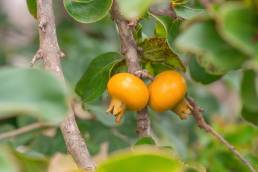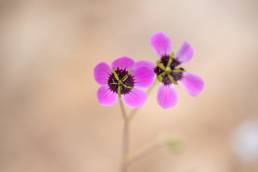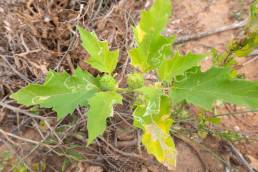17 Dec 2023
Cynanchum revoilii
Cynanchum revoilii has a strange looking, but edible fruit. I've encountered many in bloom in the northwest this visit,…
5 Feb 2023
Socotran Pomegranate (Punica protopunica)
A vibrant, healthy and quite tall Socotran Pomegranate (Punica protopunica), found next to the walls of the north east…
5 Feb 2023
Geranium biuncinatum
The vertical cliffs of the north-east Socotra are home to many plant species, including this Geranium biuncinatum, that…
4 Feb 2023
Jimsonweed (Datura stramonium)
Jimsonweed (Datura stramonium) is an invasive species, introduced by humans. Native range is Texas to Central America,…
